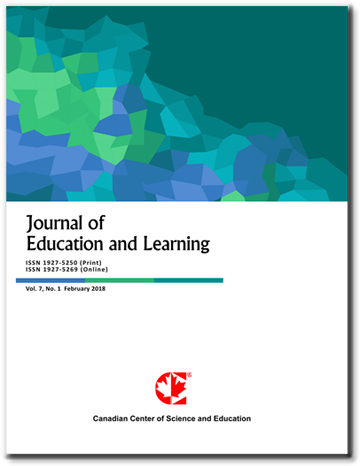Innovative Model of Proactive Competency-Based Learning Management Integrated with Cloud Technology
- Sakorn Atthachakara
Abstract
The objectives of this research were to develop an innovative proactive competency-based learning model integrated with Cloud technology and to evaluate its effectiveness by comparing creativity and academic achievement before and after implementation, as well as measuring student satisfaction with the model. The sample consisted of 27 fourth-year Social Studies students enrolled in the course ‘Classroom Action Research in Social Studies’ at the Faculty of Education, Mahasarakham University, during the second semester of the 2021 academic year. Research tools included instructional plans (TQF3), an academic achievement test, a creativity assessment test, and a satisfaction survey. Data were analyzed using percentage, mean, standard deviation, and a dependent t-test.
The findings revealed that the study of current problems and needs, as perceived by Social Studies university instructors, primary and secondary school teachers, and Social Studies students, rated the problems at a high level (x̄ = 3.88, S.D. = 0.76) and the need for developing the competency-based learning model integrated with Cloud technology at a high level (x̄ = 4.01, S.D. = 0.81). The innovative model consisted of six components: foundational concepts and theories, objectives, instructional procedures, social systems, responsive principles, and support systems. Six instructional approaches were identified: using existing content to enhance competencies, extending competencies through existing content, learning for competency development, competency-based integration with key performance indicators, integrating multiple competencies, and developing life competencies through daily routines. Experts evaluated the model’s suitability at a high level (x̄ = 4.34, S.D. = 0.60). The model’s effectiveness was demonstrated through the instructional plans achieving an E1/E2 score of 80.87/82.67, meeting the established criteria. Students showed significantly higher creativity scores after the course with statistical significance at the .05 level, and their academic achievement also improved significantly at the .05 level. Finally, overall student satisfaction with the model was rated at a high level (x̄ = 4.48, S.D. = 0.57).
- Full Text:
 PDF
PDF
- DOI:10.5539/jel.v14n4p349
Journal Metrics
Google-based Impact Factor (2021): 1.93
h-index (July 2022): 48
i10-index (July 2022): 317
h5-index (2017-2021): 31
h5-median (2017-2021): 38
Index
Contact
- Grace LinEditorial Assistant
- jel@ccsenet.org
